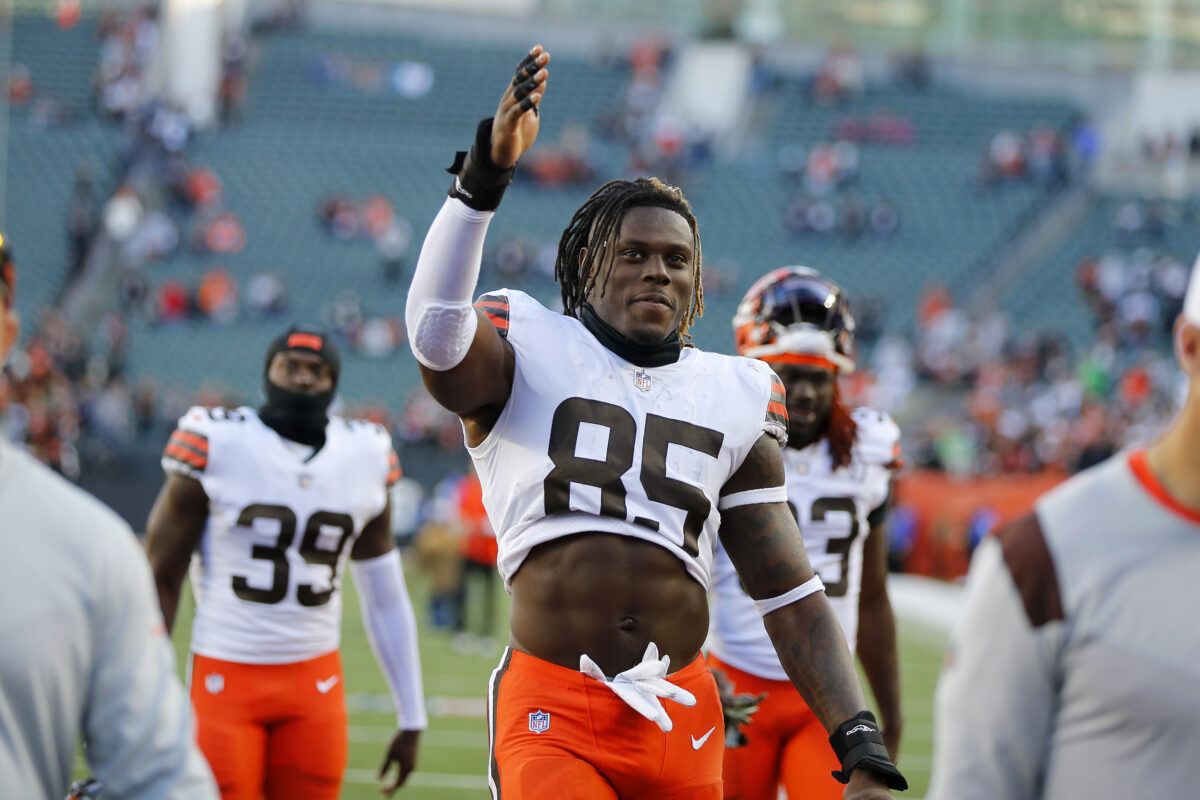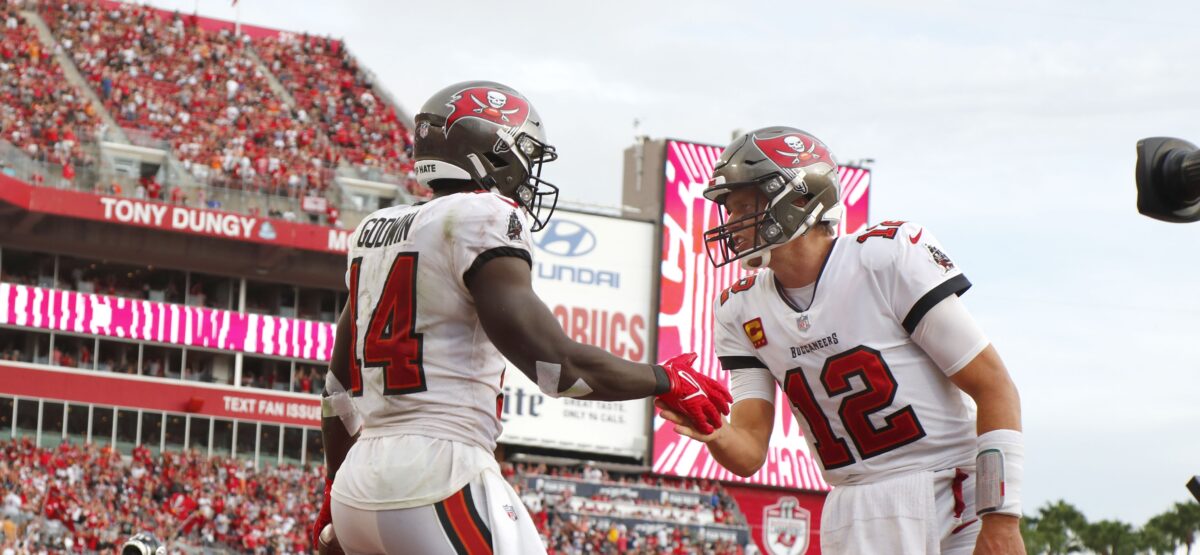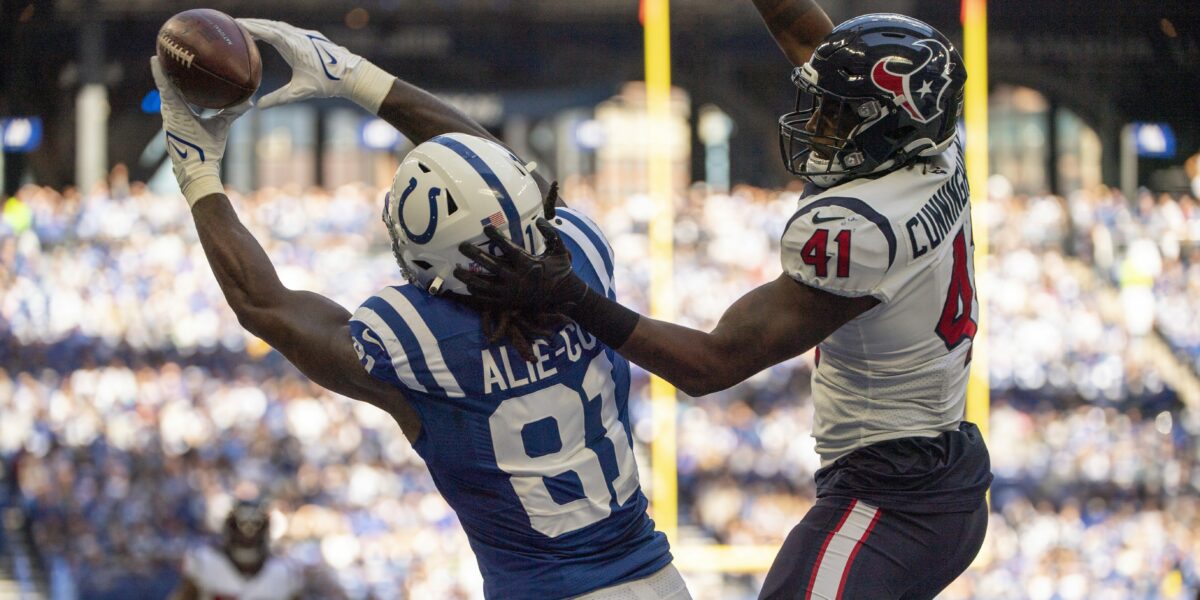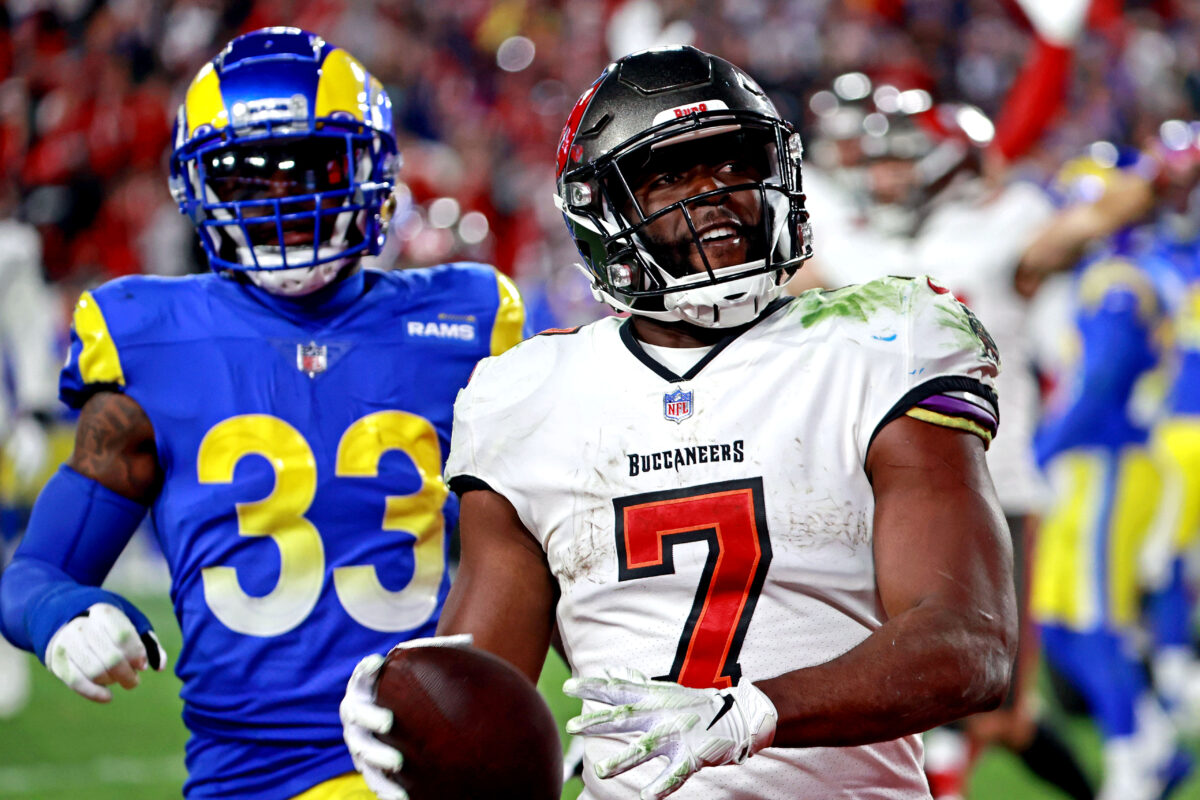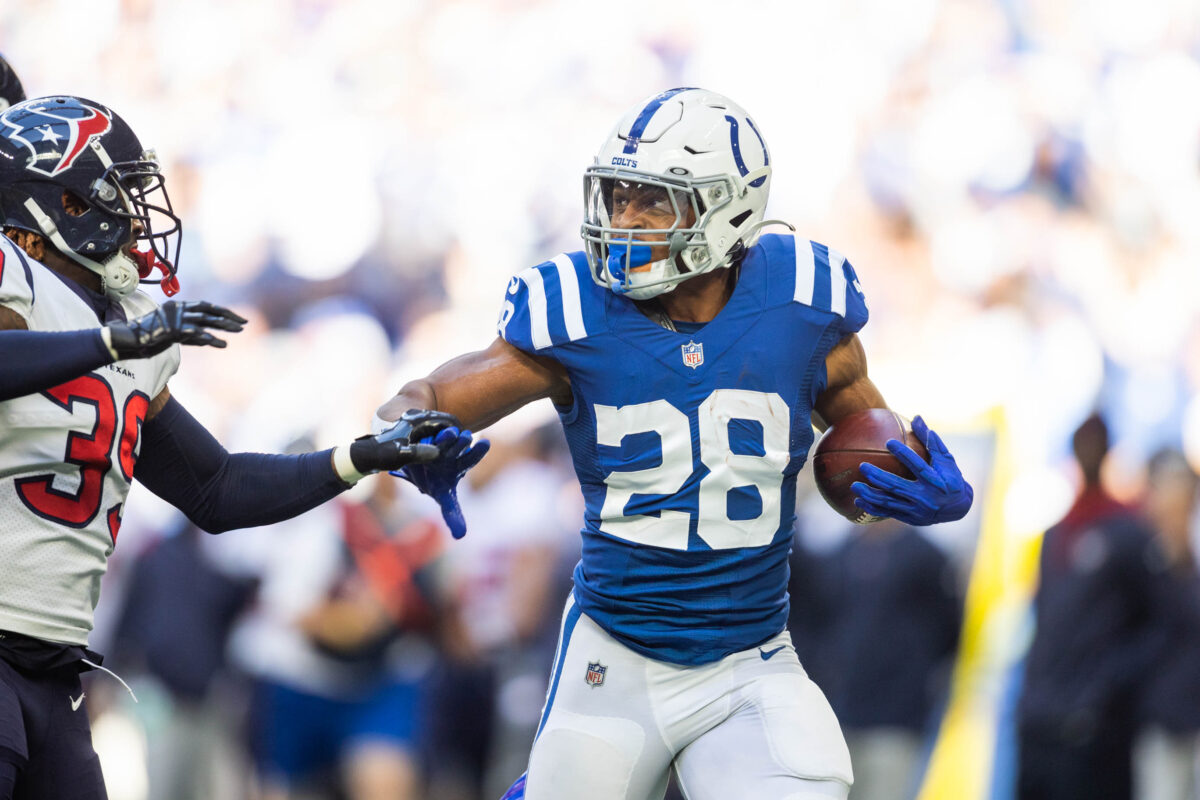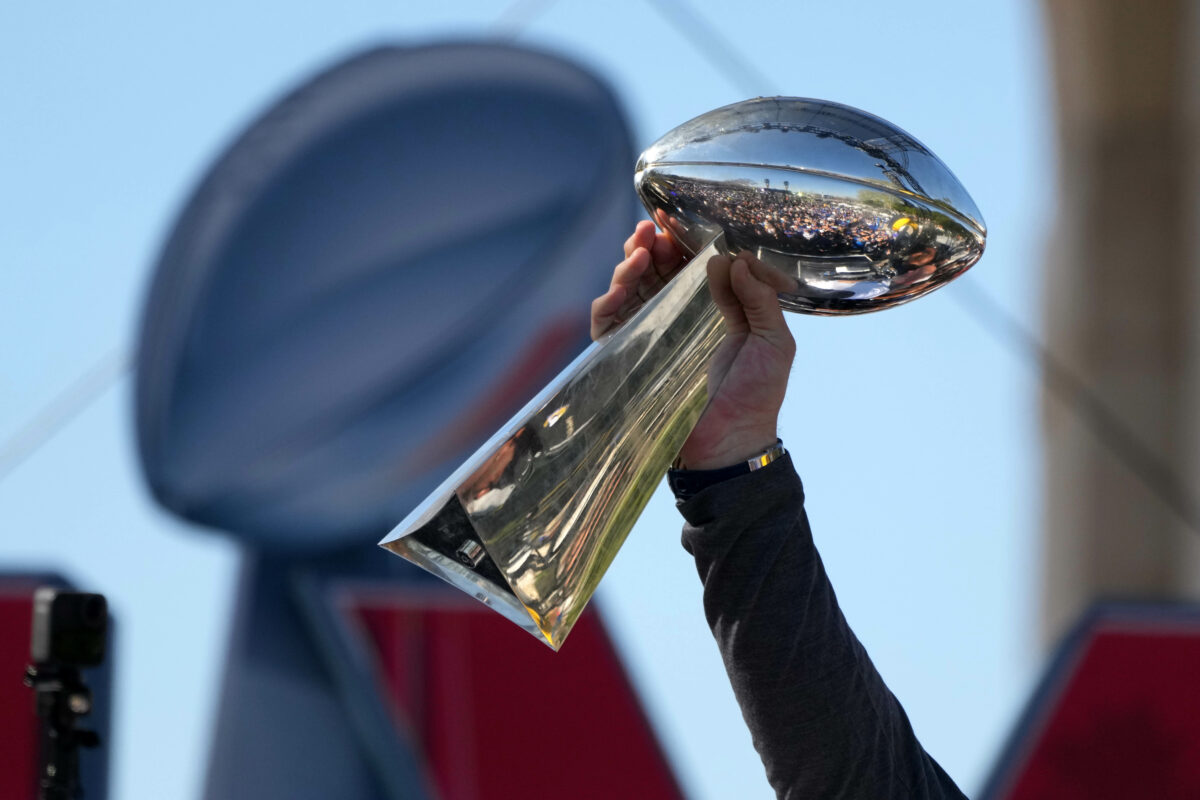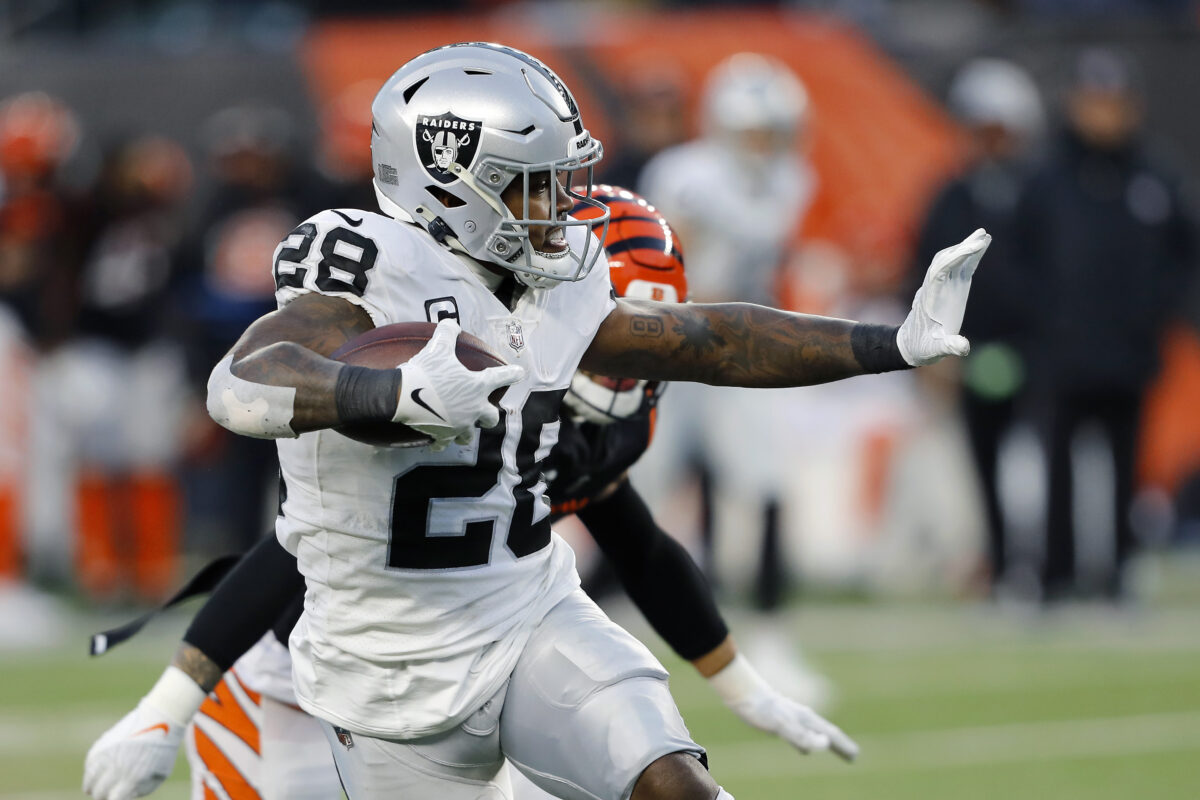Simple methods and tips to create a consistent winner in your fantasy football leagues.
When formulating the basis for this article, my brain went into hyperdrive trying to decide where to begin. There are countless tips and pieces of advice to be dished for each nuanced way of playing the game. To spare this from becoming a 200-page dissertation on all things fantasy football, the focus is the most common methods to build a consistent winner in traditional league designs.
Also see: Fantasy football draft guide
Before we dive in, be sure to check out the following article for tips on which pitfalls to avoid.
All set? Great. Let us dive into the preparation stage, shall we?
Draft prep 101
- Study, study, study. While subscribing to The Huddle gives you an undeniable edge, we also offer plenty of free pieces to help along the way. Also, there is a bunch out there that is not just ours. For as much as we love creating new winners, I’d be remiss to pretend like gamers should rely on an exclusive site. My most sincere advice: Blend our premium product with some free sites’ offerings and adapt what works best for you.
- Mock draft … but not in the old-fashioned way. Utilize the glory that is a best-ball draft. People put real money on the line, and there is no roster management. When there’s nothing at stake, drafters aren’t as likely to take it as seriously, thus skewing the results and mucking up what could be learned. Even though best-ball drafts require a little different strategy, there’s still a huge parallel to traditional formats, particularly in the front half of the draft.
- Don’t assume owners will be casual about a league, no matter how friendly the participants are with one another. Some formats cater to newbies, and if you’re not ready to put in the work before a draft and during the season, pursue one of those formats. It is fair to presume a two-QB, superflex league that scores first downs and completions will be far more hostile an environment than the 12-team, standard-scoring, vanilla league. I’ve played in way too many home leagues where a buddy joins only to give up after being thumped in the first month of the season. That severe lack of competitive juices isn’t fair to anyone in the league. This same sense can be applied to picking the right league.
- Tinker. Test out different draft spots and strategies. Take notes of what you tend to see happen after the first round if you go, say, RB, or pick an early wideout. What are you left with on the way back? What would it have looked like with a different course of action. None of this is meant to second-guess yourself but rather open your eyes to different scenarios.
- But don’t tinker too much. Let’s face it: We all have our preferences and tend to stay the course for what has worked before, but it can do a disservice to accounting for changing trends. Remember when “Zero RB” was en vogue and people loaded up on early wideouts only to be crushed by the teams that stayed true to building a balanced roster? That’s not even meant to be an argument for RB-heavy drafting early on. The point being, sometimes we get too cute. People want to stand out from the crowd and be innovative, yet there are only so many ways to remake the wheel.
- There’s a reason people prefer Classic Coke to one of the modern twists, or why little kids ask to hear the same bedtime story every night of the week for a month straight. Tried and true works, and people are looking for comfort. While we’re all going to have a horrid season here or there, even more so if you play in a million leagues, something can be said for accepting the prospect of defeat. I’m not saying settling for defeat, but acceptance of its eventual inevitability. Big difference. Understand you are not going to win every single year in the same league. But also realize the best chance of winning is consistently utilizing proven methods for success.
Life lessons aside, you’ve studied up, formulated some ideas of player worth and mocked a few times — I like to get at least five mocks in before my first real draft. It’s hard to get a good feel for any consensus reads with only one or two drafts.
You’ve done yourself no service by ignoring the news. Look at how many players were injured in the first week of training camp alone. Don’t let your hard work go to waste over not keeping up with the NFL’s daily ongoings.
To piggyback on the last point, familiarize yourself with all teams. While you mustn’t know that backup long snapper, at least be able to recognize the starting skill players. A fun way to do this is by playing a specific video game that will remain nameless.
So you have kept up with what’s in the headlines? Great. How’s that strategy coming along? Work-in-progress. Are you rigid or willing to be flexible when necessary? Only you can answer this in the heat of the moment. How do you even know when is the right time to deviate? Experience.
Questionable practices
So many concepts and tools are thrown at gamers and treated as if they are the only way to do it. Call me contrarian, but I beg to differ. Anyone with a decent amount of fantasy experience and a hint of objectivity will admit there’s more than one way to hoist the fake Lombardi Trophy.
That said, here are a few pitfalls to avoid along the way when trying new things:
- Average draft position (ADP) is no better than a guideline and, in many situations, drastically hinders creativity. Too often, fantasy enthusiasts are sold this bill of goods that ADP is in effect how you should draft. Nonsense. I tend to ignore it after the first few weeks of mocking, and it’s of no use to me into the final month of drafting. The only value I find in between is to utilize ADP for checking out weekly trends … which guys are moving up and down. Buuuut … if you have been following the news, you’re going to have a finger on the pulse of trends.
- Player trends are nice to see in a macro sense before a draft, but getting caught up in a positional run during a draft is a quick way to screw up. Let everyone else do their thing. Control what you can control. In this scenario, it is being disciplined.
- Ignoring last year’s results is skilled artistry. Way too may people fall back on the “well this happened last year” mindset. It’s also why people become so surprised when a player breaks out. Last year was last year, and short of a few unique situations, it should remain in the past. Coaching and system changes, personnel moves, schedule swings (long home/away stretches), chemistry, game flow, injuries … the list goes on and on. All of those aspects of a game that are so dependent on a team effort have too large of an impact on fantasy results to assume they’ll matter a year later. Heck, most of those things wildly swing from month to month in a given season.
- The same goes for people obsessed with fantasy strength of schedule, particularly those focused on the fantasy playoff matches in August. By being enslaved to this highly subjective metric, you’re attempting to predict the future based on inapplicable, if not faulty, data. You’re saying, “Player A’s schedule in Weeks 15-17 are favorable because those three teams were positional pushovers last season.” Think about that in relation to how teams fell off or improved year over year, and also apply it to inseason fantasy SoS. You are far better off learning the intricacies of which players tend to perform better against certain coverages or defensive schemes, etc. Pay more attention to how defenses handle running backs in zone-blocking schemes vs. power-blocking or hybrid systems. What about receivers vs. press-man or zone? Like with most situations in life, making a blanket determination is a terrible plan. It’s really stems from the absence of having a plan.
- Focus on opportunity over talent, especially at running back. The offense even may be mediocre, but if the backup running back ascends into the starter’s spot, he usually has more value than almost every part-time, situational back.
- Expecting a specific player to be available is a problem waiting to happen. All too often I hear from owners stating something to the effect of, ” Player A or Player B will be my pick at No. 8 overall (for example), so I intend to come back in Round 2 with Player C or Player D.” … It’s nice to have a group of players with whom you’re comfortable making your pick, but don’t fall into the trap of banking on a specific name. Focusing on a position is fine, as long as you’re willing to adjust your strategy, when necessary.
- Some sources tell fantasy players to go for broke with their draft strategy — and it’s the right move … sometimes. For new gamers or those trying to feel their way through unfamiliar strategies or league formats, aim for the middle as your floor. I mean this as your goal should be to field a competitive team each week, not necessarily shoot for the highest score. Why? The playoffs. In classic head-to-head setups, the goal should be to get into the playoffs, especially for novices. Sure, a first-round bye is helpful, but get into the postseason and you have a chance that six other league mates do not. Simplistic thinking for a simplistic situation. Swinging for the fences in every draft may connect now and again, but the odds are against consistently being competitive.
Personal preference
Everyone has their own preferred way of constructing a team, and we all have experimented with different fashions of building a roster. Some have worked well one year and not so much the next. But no matter how much we experiment, we need a fundamental blueprint. Every game plan should have a core set of principles. Barring some radically unexpected situation, abiding by these rules is a sound way to produce consistently strong rosters.
For me, some tenets include:
- Avoiding early QBs. A quarterback rarely enters my brain until the sixth round before I will entertain drafting the position in standard leagues. There’s just way too much value later on to consider one without a slide.
- I tend to come away from the first six rounds with three running backs and a trio of receivers. Most of my recent drafts have produced running backs in the first two picks, followed by a pair of receivers and then which ever of the two positions provides the best value. I have taken three straight RBs to open a draft more than once this year, and it becomes awfully dicey to field a stout receiving corps doing it this way. This works easier in casual formats, because players tend to reach for QBs in comparison to more competitive setups. If I can establish a starting core of three running backs and as many wideouts in the first eight picks, the rest of the team generally falls into place.
[lawrence-related id=465846]
- I almost never draft a tight end before Round 6, and if you do, it becomes even more important to avoid quarterback until later on. Admittedly, there’s a massive drop-off from the top six guys down to the next tier of players. I am confident in my ability to draft two tight ends late and play the matchups, a strategy not recommended for casual players.
- In classic scoring, never draft a kicker until Round 16, and I don’t draft defenses before the 15th. No exceptions. In typical leagues, never draft a second defense, and a second kicker has no business being on a traditional roster after a draft.
- Bye weeks are mostly meaningless to me. There are situations where I try to avoid having two players with the same bye, such as quarterbacks or tight ends with early byes. For late-season byes, I can make up for it and carry a third QB for a week. The same applies to tight ends.
- This year, I prefer to draft out of the middle of the first round. This works the best if one follows my target of an even split of RBs and WRs in the opening eight rounds. It may not work as well for someone wanting to have each a QB and TE by the end of Round 4. I have found that the best blend of talent comes out of the middle slots in a 12-teamer this summer.
Address your shortcomings
I’ll assume in this segment players have tried the game but with little success. The concepts still apply to first-time players, but it’s easy to start out starry-eyed and quickly get beaten down in fantasy after several failed efforts.
It should go without saying that for as much as fantasy footballers look to others for advice, the person drafting the team is responsible for their decisions. This goes along way in feeling comfortable with the build of your roster, and it is also instrumental in holding oneself accountable.
Think of the golfer who has played casually for years and continues to slice the ball but cannot seem to figure out how to improve. Eventually, they either get discouraged and quit, or they play to the weakness of their game and remain stuck in neutral. They, in some cases, don’t know better, or, in others, won’t make the effort to change. This is a common problem that is easy to fix, if the player is willing to 1) acknowledge there is a problem 2) actually seek a change in their swing.
It’s no different in fantasy football. Owners who consistently finish poorly need to recognize the error of their ways and look to make corrections to the process. It’s not that these owners are just bad at playing the game. Sometimes they get bad advice. I’ll be the first to admit when I give poor individual player advice, but the concepts and reasoning can be right in a losing effort. To go back to golf for an analogy, one can strike a great shot that has an unfortunate bounce. Anyone who has hit a flag stick on approach only to see the ball ricochet into an unplayable lie knows the feeling.
No matter how much advice — good or bad — one receives, there always will remain a layer of reasoning involved. I don’t like telling someone which player to start without explaining how I arrived there, but rather give them the tools to learn what to look for in similar situations.
This requires traffic to flow in both directions, of course. Some people don’t want to think beyond the scope a “start Player A or B” view of fantasy football, and that’s all right. Just be sure to realize to which camp you belong.
The most consistent winners understand how to spot bad advice and also how to affirm their own beliefs of a situation. The better you become at playing fantasy football, the more often your line of questioning is mostly seeking confirmation or a challenge to your own thoughts.
In closing
The biggest takeaway I can offer is to always question the why of a fantasy scenario, someone’s advice, your predicament, etc. The sooner you understand how to apply concepts and practice principles, the more consistent you will be in the standings.
